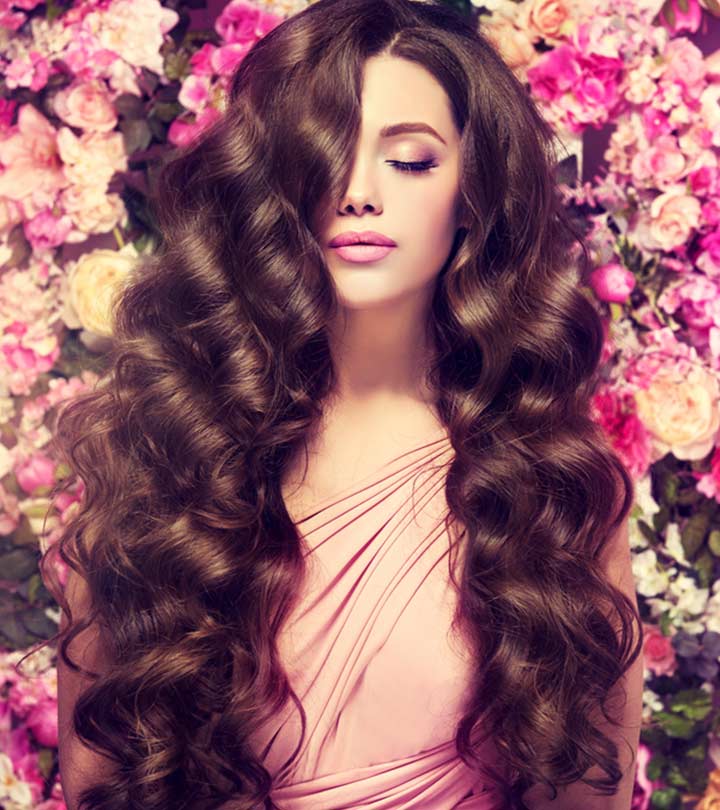The Uncredited Political Statement of Women's Hair
Hair is one of the most identifiable feminine traits. It is uniquely associated with women and with womanhood. We should all, after all, have long flowing hair because that’s what women do. We are expected to grow luscious locks that would make Rapunzel gasp at her competition. Most of the protagonists of our favorite movies, particularly Disney ones, all have beautifully long heads of hair that’d make anyone jealous. Hair is an integral part of life: the movies, the commercials, and the models carefully and cunningly dictate what is acceptable with our hair and what is not. While not always conscientiously, rejecting these hair norms can be political, powerful, and provoking.
For marginalized groups of people, hair is often an important part of the culture. Black men and women, for example, are often targeted for the ways in which they wear their hair. Dreads and cornrows are often considered unkempt or ghetto, Afros are often considered too wild. Men are already not supposed to have long hair because of gender expectations, but when paired with Blackness they are seen as more aggressive, as angrier, bigger, stronger. They are often told they must cut their hair to get the job or the position because their hair is a “bit too much” for the office. Black women face similar fates. Despite the fact that Black hair has never fully been represented in media (of the Disney Princesses, Tiana often wore her hair in a ponytail or “puff” when she wasn’t a frog) hair has been and continues to be a part of Black culture. Braids and cornrows, like in cases with men, are thought to be unprofessional. Interestingly enough, the background for these hairstyles has a particularly impactful history for Black people all across the globe, particularly in Colombia. The intricate stylings of braids were sometimes used as a map for enslaved people trying to reclaim their freedom or to communicate messages amongst people.
Despite this, Black hair is still targeted. Just a few years ago in South Africa, girls were told to “fix” their hair by perming it so that it was chemically altered into straightness among other discriminatory rules for. This led to a massive protest amongst the students who felt the hair that naturally grew from their head was being unjustly discriminated against. Vilifying Black hair isn’t new news: in the 1700s free Black women were forced to wear head wraps because their hair, often elaborately decorated, threatened the “status quo.” These laws, Tignon laws, only led to Black women wearing elaborate headscarves as a jab at the racist “status quo,” something Black women still do today. Black hair is, in itself, political and wearing it firmly and proudly is always a political statement. It has always been a political statement, even without recognizing the historical or current political underpinnings.
Black hair isn’t the only hair that has been an essential part of the culture for marginalized groups. Queer men and women have used their hair to thoroughly express themselves, some often wearing wigs or ornately beautiful hairstyles. Drag queens, after all, have been at the forefront of wig culture decades before they became widely accepted.
What is perhaps most compelling is that, just as fashion is essential to the histories and expressions of the LGBT community, hair is just as important. While it may seem that we’ve come a long way in terms of battling homophobia—and we have—there is still so much more work to do, both in the US and elsewhere. In some countries, being shot dead or beaten to a pulp is completely justified if the victim is gay. Wearing these ornate hairstyles, these luscious weaves or wigs, pendants, scarves, or anything that would suggest a shift from the heterosexual norm puts a target on your back. These hairstyles become even more revolutionary. Wearing them becomes even scarier. It seems as whenever there is already a target on your back, both metaphorically and literally, any form of expression becomes a political stance. A change in hairstyle becomes a symbol, a change in outfit becomes a suit of armor. A large part of gender identity, of general identity, is linked with the perceived femininity of hair. Shaving it. Dying it. Growing it out and then chopping it all off again. As it is with all groups of oppressed people, hair is a political statement, even with the most apolitical individuals.
A Muslim woman choosing to wear her hijab is important. A Black woman choosing to rock her natural ‘fro in the office is significant. A gender non-conforming person with a cropped cut dyed platinum blonde is political. A Latina woman cutting her hair short instead of wearing it down her back is a statement. The hair that is ours, the hair that grows from our heads (or from our wallets when we buy it) matters. In a world that is already vilifying us, anything we do adds another layer of bullshit to deal with, so why not do we want? Why not live unapologetically and wholly for ourselves? Wear it long if you want, shave it down if you want. Let the politics of your hair keep coming. It’s yours and you can do whatever the hell you want!





